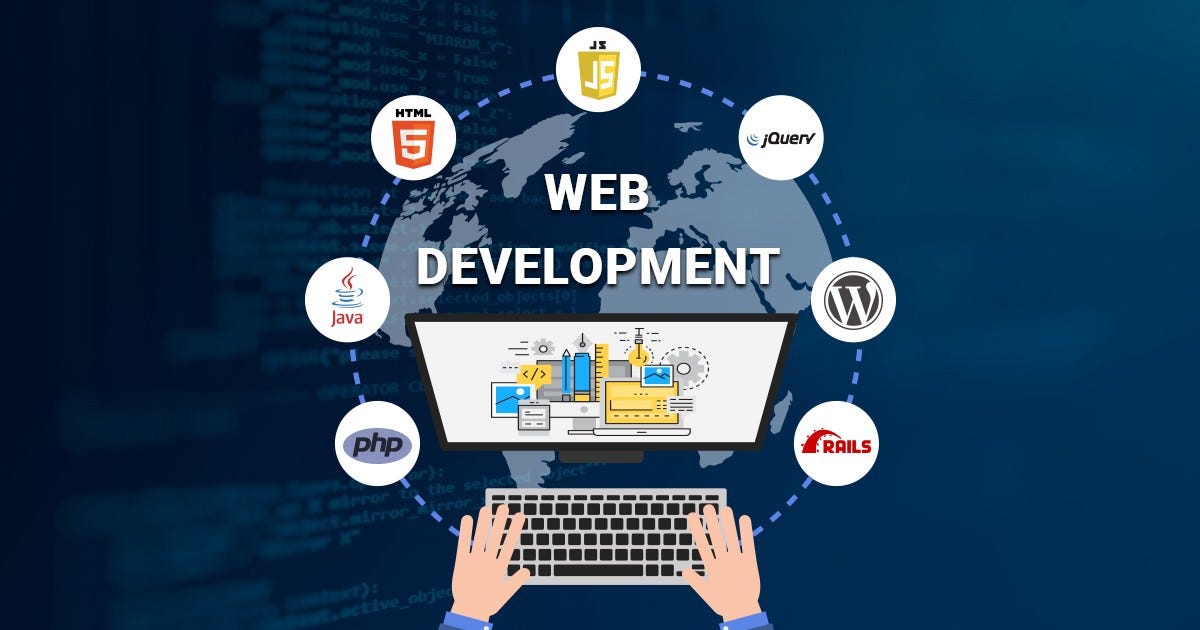Unveiling the Art and Science of Website Development
Unveiling the Art and Science of Website Development
Blog Article
Nowadays, a website serves as a virtual storefront for businesses and people alike. The goal isn't just to have an online presence anymore, it's about creating a lasting impression and generating interest and reaching specific objectives. Web development, the method of developing the website and keeping it up to date, blends technology and creativity to produce websites that engage audiences. We will explore the complexities of developing websites and consider the importance of this in today's connected world.
The foundation for development of websites lies in understanding the wants and preferences of your target user. Prior to tackling the technical aspects of a website, they need to conduct extensive research in order to identify the demographics, behavior patterns, and expectations of users they intend to attract. This insight informs decisions regarding style, usability and information, assuring that the website appeals to their audience and gives an enjoyable user experience.
The user experience (UX) is a pivotal aspect of developing websites that directly influences the level of satisfaction as well as engagement. UX design is the process of creating user-friendly interfaces as well as optimizing usability in order to make sure that users are able to effectively achieve their objectives. This covers all aspects of responsive design, from responsive layout for smartphones, as well as intuitive menus of navigation, as well as clear instructions to take. Through prioritizing the user experience web developers can increase interaction, lower bounce rates, and ultimately drive conversions.
With the design in place Website Development is the implementation phase, where the website starts to take shape. The stage involves programming, development, and the integration of various techniques to bring the concept to the life. Front-end development is focused on elements that are accessible to the user such as design, layout, as well as interactive functions. Back-end development is based on servers-side scripting, management of databases and configuration of the server for performance and functionality. To find new information please visit Iabcd
In addition to the technical aspects, website development also encompasses the art of creating an attractive and easy-to-use interface. The user interaction (UX) design focuses on understanding the requirements and habits of site visitors and creating an intuitive and enjoyable browsing experience. It involves prototyping, wireframing and testing usability to improve the design, layout, navigation and other elements on the site. An attractive user interface does more than just increase engagement, but can also help establish brand image and trustworthiness.
Accessibility is an additional aspect of website development that can be overlooked, yet is essential for inclusivity. Websites need to be created and built with accessibility in mind, ensuring that all users as well as those with disabilities can interact with the content effectively. This involves adhering to web accessibility standards such as those in the Web Content Accessibility Guidelines (WCAG) in which are the guidelines for ideal practices for designing accessible digital user experiences. In embracing accessibility guidelines, website developers can reach an even wider audience, and show a commitment to diversity and inclusivity.